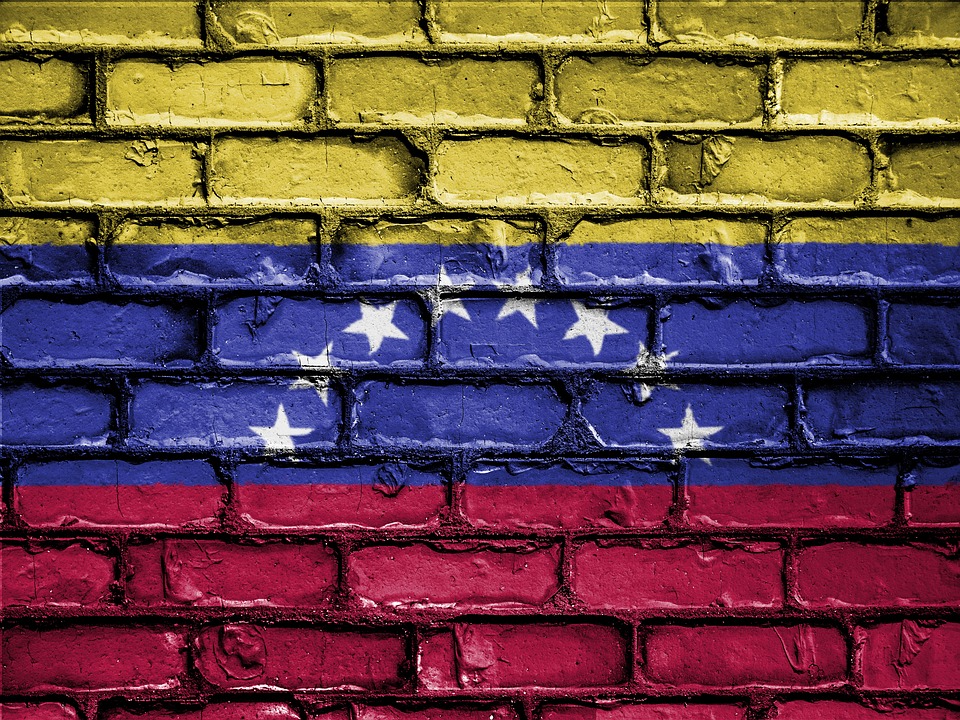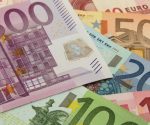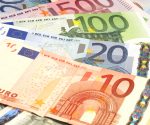Venezuela does not allow repatriation of Venezuelans

PHILIPSBURG — The reopening of the St. Maarten border on July 1 will not allow Venezuelans on the island to respond to Justice Minister Anna Richardson’s call for illegal immigrants to voluntarily return to their home countries. Venezuelan President Nicolas Maduro has extended the nationwide lockdown to July 12. Remigration and repatriation by air or sea are not possible.
According to the Vice President of Venezuela, Delcy Rodríguez, the threat to Venezuela today is the ‘return’ of its migrants. Rodriguez made the statement after the government secretary of the border state of Zulia, Lisandro Cabello, said that those who return are ‘biological weapons’: “Any person who violates the immigration system and enters the country will be considered a biological weapon and imprisoned.”
Nevertheless, since the lockdown, 71,000 Venezuelans have returned on foot from Colombia to their families in Venezuela, Colombian authorities said. Maduro’s regime took measures to curb this influx a week ago. An official statement states that Venezuelans in Colombia can make the crossing three days a week via the Simón Bolívar bridge in the Colombian province of Norte de Santander and the José Antonio Páez bridge in Arauca. On Mondays, Wednesdays and Fridays, up to 300 Venezuelans can cross the bridge in Norte de Santander and no more than 100 in Arauca.
Tens of thousands of Venezuelans are waiting in Colombia to return to their country. Maduro’s measure limits remigration by 80 percent, Colombian authorities said. On the Venezuelan side of the border, a crowd of Venezuelans are waiting to leave their country. According to the UN Refugee Agency UNHCR, between 4,000 and 5,000 Venezuelans flee the crisis in their country every day. Since 2016, more than 4.6 million people have fled the country, mostly to other Latin American countries like Colombia and Peru.
Some of the 500 to a thousand Venezuelans in St. Maarten want to talk to the government. “I don’t even want to imagine the horror deporting us to our country,” says Stuart Sanoja, an electrician by profession, who also works on St. Maarten as a pipefitter, bricklayer and tiler. He currently works for a Colombian contractor with no guarantee of income; the weekly payment is regularly delayed for a week or more. Still, Sanoja continues, taking every job he can get. He works six days a week, at least ten hours a day. “I am grateful to this island and its good people for the work that allows us to have income,” he says.
Architect Luis Enrique Caldera represents the majority of a group of 58 Venezuelan men who stay in a guesthouse in Cole Bay when he says, “We want to talk to the government. We have a lot to offer the island in the form of knowledge and work experience, especially in construction and agriculture. It is not our wish to do illegal work, we would like to pay taxes and contributions if we are allowed to stay on the island for a certain period of time.”
Sanoja also hopes for a temporary residence and work permit for Venezuelans. “Respected ministers, studied and prepared people, let me make you a proposal to help the island’s economy. First, each employer and company we work for is obliged to give us a temporary employment contract where the pertinent taxes and insurances are paid, having on its payroll a majority percentage of natives and then immigrants. Second, each owner of residences, rooms and where we live is required to pay taxes, each vehicle that meets insurance payments, new license plates, etc. This would make it possible for the government to receive a lot of income from immigrants.”
Not all illegal immigrants are back at work. The cases of Venezuelans dismissed from their jobs have multiplied in St. Maarten since the beginning of the quarantine. “Please help Venezuelans, most of us are good, we want to work, we want to add and not subtract, we do not want to take away the work of the locals or affect their economy,” says Sanoja. “We just want to help our families, our children.”
Immigrants in St. Maarten collectively send hundreds of thousands of dollars to their families abroad each month. Financial experts have warned St. Maarten to keep dollars within the country as much as possible. According to the World Bank, in 2016, the tourism sector directly accounted for 45 percent of GDP and 73 percent of its foreign exchange earnings. After hurricane Irma, the influx of dollars diminished and the tourism sector had not yet fully recovered when the COVID-19 pandemic began. Already in March, this year Finance Minister Ardwell Irion and St. Maarten Bankers Association President Derek Downes urged the people of St. Maarten to limit their spending of the US dollar and to spend more of the country’s national currency – Netherlands Antillean guilders – to prevent the country’s dollar reserves from plummeting seeing that tourism had come to a halt.
###
Related articles:
Venezuelans continue to cry for help


























